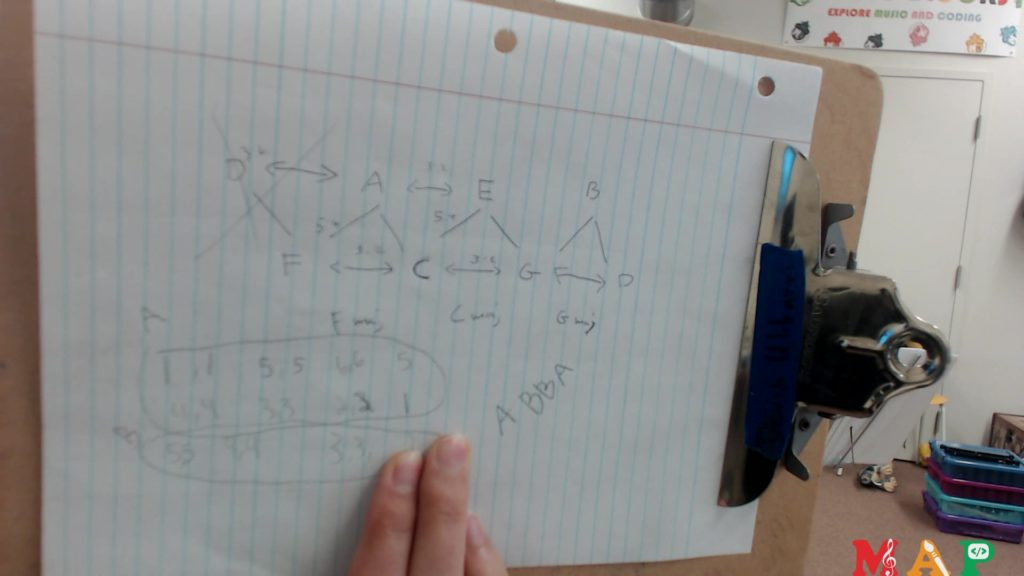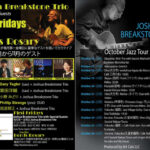For those seeking cutting-edge approaches in music education, a Guitar Learning Center is the perfect place to explore new musical concepts. At forward-thinking institutions like MAP Family Learning Center, innovation is key. The Kite Guitar, a fascinating invention from 2019 by Kite Giedraitis, offers an exceptional avenue to delve into Just Intonation and mathematical principles within a musical context. This article details our experiences introducing the Kite Guitar to intermediate students, unlocking the nuances of “Twinkle Twinkle Little Star” and the valuable lessons learned along the way, highlighting the exciting possibilities for any guitar learning center.
Unveiling the Kite Guitar: A Microtonal Instrument
The Kite Guitar stands out as a microtonal guitar, distinguished by its unique octave division, differing from the conventional “12 equal divisions.” For music educators and seasoned musicians, microtonality might seem like an advanced topic rarely introduced to young learners. Surprisingly, even extensive musical training at prestigious institutions might bypass the study or even exposure to microtonality. However, incorporating microtonal instruments can significantly enrich the curriculum at a guitar learning center, offering students a broader musical understanding.
 Various Kite Guitars
Various Kite Guitars
Image: A collection of Kite Guitars showcasing the instrument’s unique design and microtonal capabilities.
Microtonality: Making the “Esoteric” Accessible at Your Learning Center
Often perceived as “esoteric,” “niche,” or “advanced,” microtonality is demystified by the Kite Guitar. Initially, we shared similar presumptions. However, thanks to the generous knowledge-sharing from the creators of the Kite Guitar, we’ve discovered microtonality’s potential for simplicity and accessibility, especially within a guitar learning center environment. It’s an ideal tool to introduce complex musical ideas in an engaging way.
Bringing Kite Guitar Knowledge to Our Guitar Learning Center
Our journey with the Kite Guitar began through active participation in weekly meetings, experimenting with fretboard simulations using Music Blocks, and studying their comprehensive documentation. After acquiring a Kite Guitar, we were eager to integrate this knowledge into our guitar program at MAP Family Learning Center.
In an exciting development, Kite Giedraitis himself visited our Malden MAP center in June. He brought two Kite Guitars and conducted an in-person workshop for a group of our enthusiastic students. This hands-on experience further solidified our commitment to exploring microtonality within our guitar learning curriculum.
 Kite Giedraitis visits Malden MAP
Kite Giedraitis visits Malden MAP
Image: Kite Giedraitis at Malden MAP, demonstrating the Kite Guitar to students, highlighting interactive learning at the guitar learning center.
“Twinkle, Twinkle” as a Starting Point in Microtonal Guitar Education
For our initial exploration, we chose “Twinkle, Twinkle Little Star” as a simple yet effective piece for two of our intermediate guitar students. While proficient on standard guitars and capable of playing intermediate music, the conceptual shift required by the Kite Guitar prompted us to begin with a familiar melody. This approach is highly recommended for any guitar learning center introducing microtonality.
“Twinkle, Twinkle Little Star” is perfectly diatonic, utilizing only six pitches and following a straightforward ABBA structure. Its familiarity allows students to quickly identify and correct errors, crucial for effective learning. Mistakes are integral to the learning process, especially when navigating new musical territories like microtonality at a guitar learning center.
The video below captures the first lesson of “Twinkle, Twinkle Little Star” on the Kite Guitar. This marked a significant moment in music education, as the Kite Guitar, a relatively recent innovation, pioneers new approaches to musical understanding.
Video: Introducing “Twinkle Twinkle” on the Kite Guitar at our Learning Center
Image: A thumbnail image indicating a video lesson, showcasing visual learning resources available at the guitar learning center.
Link
First Lesson of “Twinkle Twinkle” on the Kite Guitar at our music education facility.
Editorial Note: Please note a correction in the video where “third kite” was mentioned; the accurate Kite Guitar term is “triple dot.”
Why Choose the Kite Guitar for Your Guitar Learning Center?
While “Twinkle, Twinkle Little Star” can be played on a standard guitar, exploring it on the Kite Guitar opens doors to understanding Just Intonation, acoustics, and fractions in a tangible musical context. This journey into Just Intonation, facilitated by the Kite Guitar, offers a richer, more in-tune rendition of familiar melodies – an experience unattainable on a standard guitar.
To further explore these concepts, we engaged our students in creating lattices to determine the appropriate “D” (Re) within the scale. The image below illustrates our collaborative work, demonstrating the integration of theory and practice at our guitar learning center.
 Image of lattices for
Image of lattices for
Image: Lattices created for “Twinkle Twinkle” on Kite Guitar, illustrating the practical application of music theory in our guitar learning center.
Math and Music Intertwined: The Lattice System
A detailed explanation of lattices extends beyond this article’s scope. In essence, we considered two distinct “D” pitches. One, tuned via perfect fifths from C (C-G-D), resulting in a ratio of 9/4 (2.25). The other, tuned a 5:4 interval to E from C, then down by perfect fourths (4:3), yielding 20/9 (approximately 2.2223). Although numerically subtle, the sonic difference is perceptible. The Kite Guitar uniquely allows students to practically compare and contrast these “D” variations, an invaluable exercise for any guitar learning center.
Standard guitars, with their single “D,” preclude such exploration. The Kite Guitar makes this study not only possible but also remarkably accessible. The Kite Guitar’s fretboard layout is surprisingly intuitive, further enhancing its educational value in a learning center setting.
Interested in Kite Guitar Lessons for your students? Contact Us to explore integrating innovative instruments into your Guitar Learning Center!
Educational Implications: Broadening Horizons at the Guitar Learning Center
This seemingly simple lesson with “Twinkle, Twinkle Little Star” reveals layers of educational depth. Beyond learning a children’s song and basic fractions, we integrated math to predict musical outcomes and empirically tested our hypotheses, mirroring the scientific method. We also challenged our students to adapt a familiar melody to a novel instrument – an exercise in innovation, problem-solving, and breaking new ground, which are crucial skills fostered at a modern guitar learning center.
Conclusion and Future Directions for Guitar Learning Centers
Student response to learning music theory on the Kite Guitar has been overwhelmingly positive. They actively participated, grasped mathematical concepts, and aurally discerned subtle pitch differences. This success has encouraged us to further develop and expand this curriculum. Guitar learning centers can greatly benefit from incorporating such engaging and innovative methods.
To facilitate wider adoption, we’ve begun publishing exercises and musical pieces on Github, encouraging educators and students to download, share, remix, and redistribute these resources. We believe this collaborative approach will enrich music education across various guitar learning centers.
We anticipate that exploring microtonality will cultivate a deeper understanding of tuning and temperament among our students. Despite the limited existing research on “microtonality pedagogy,” we believe early exposure to these concepts, facilitated by tools like the Kite Guitar, will significantly benefit young musicians. This enhanced understanding will equip them to navigate common challenges in tuning instruments and leading ensembles.
At MAP, and indeed at any progressive guitar learning center, our mission is to empower students to create, discover, and explore musical ideas from multiple perspectives. The Kite Guitar has proven to be an exceptional tool in achieving this goal. Bravo to innovative music education!


